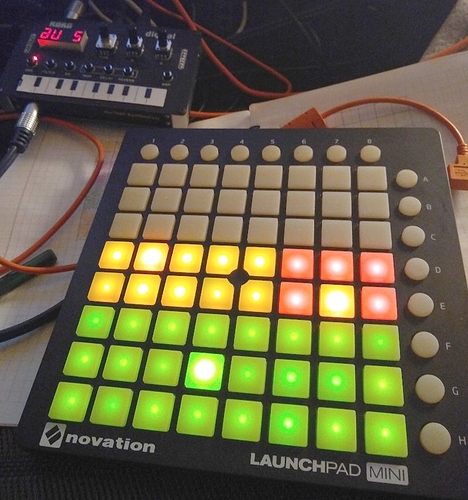Not in front of the patcher, so the basics from memory:
To make a table you can use table write type objects, and you can read the data using table read type objects. Rbrt has some good ones for various uses.
If the table is the always the same data you can write the data as an array (a table is basically just an array) but I don't usually do this so i'ma bit fuzzy there.
Once data is in the table you can save it to the sdcard using a table/save object.
Then you can load the table in another patch by using a table load object referring to the same path you saved to. Some of the tables let you put the file path directly into the table object, and it will load that file when the patch runs so you don't have to load it manually.
Tables are worth the learning curve, I use them a lot for presets and sequences.
What are you wanting to use them for in this instance?


